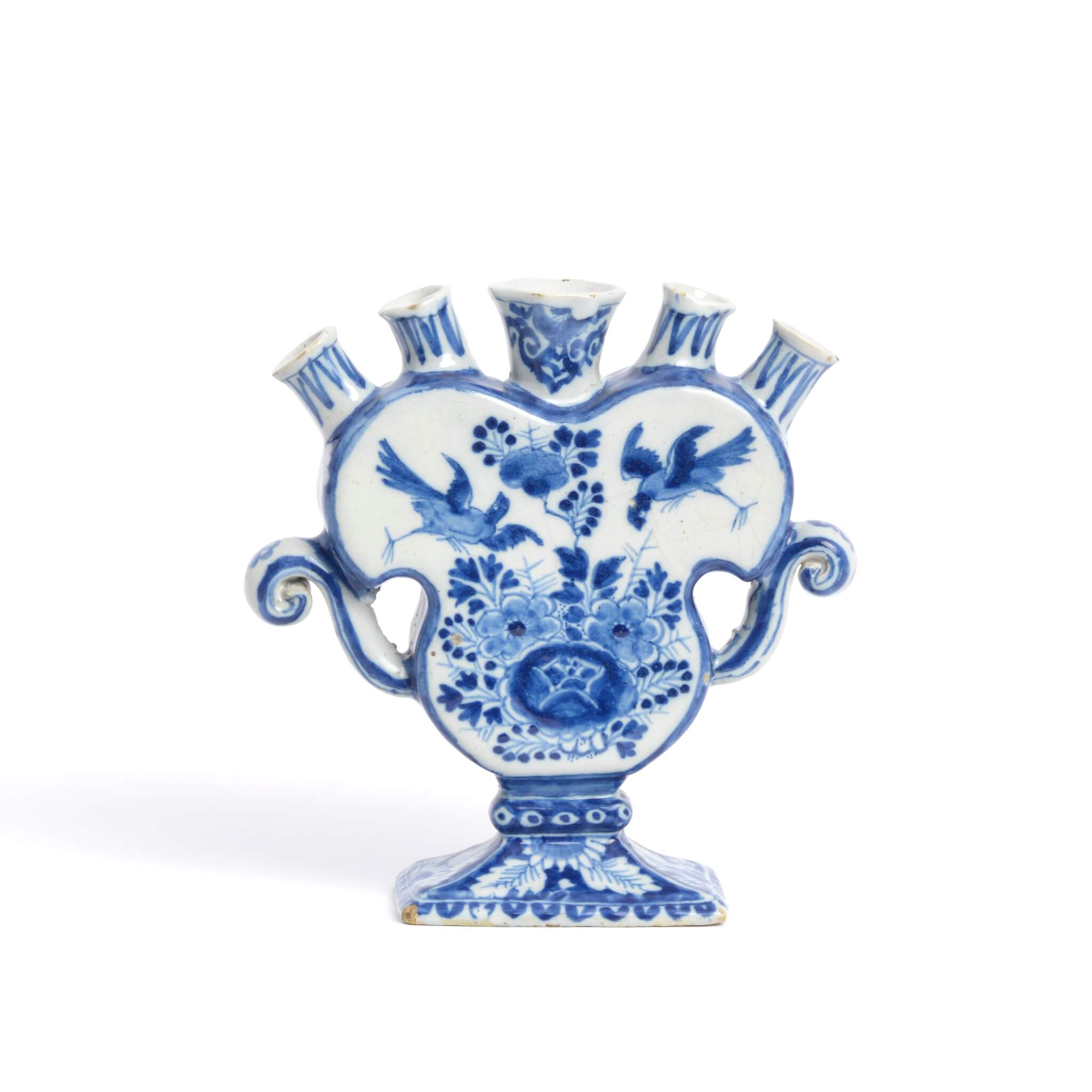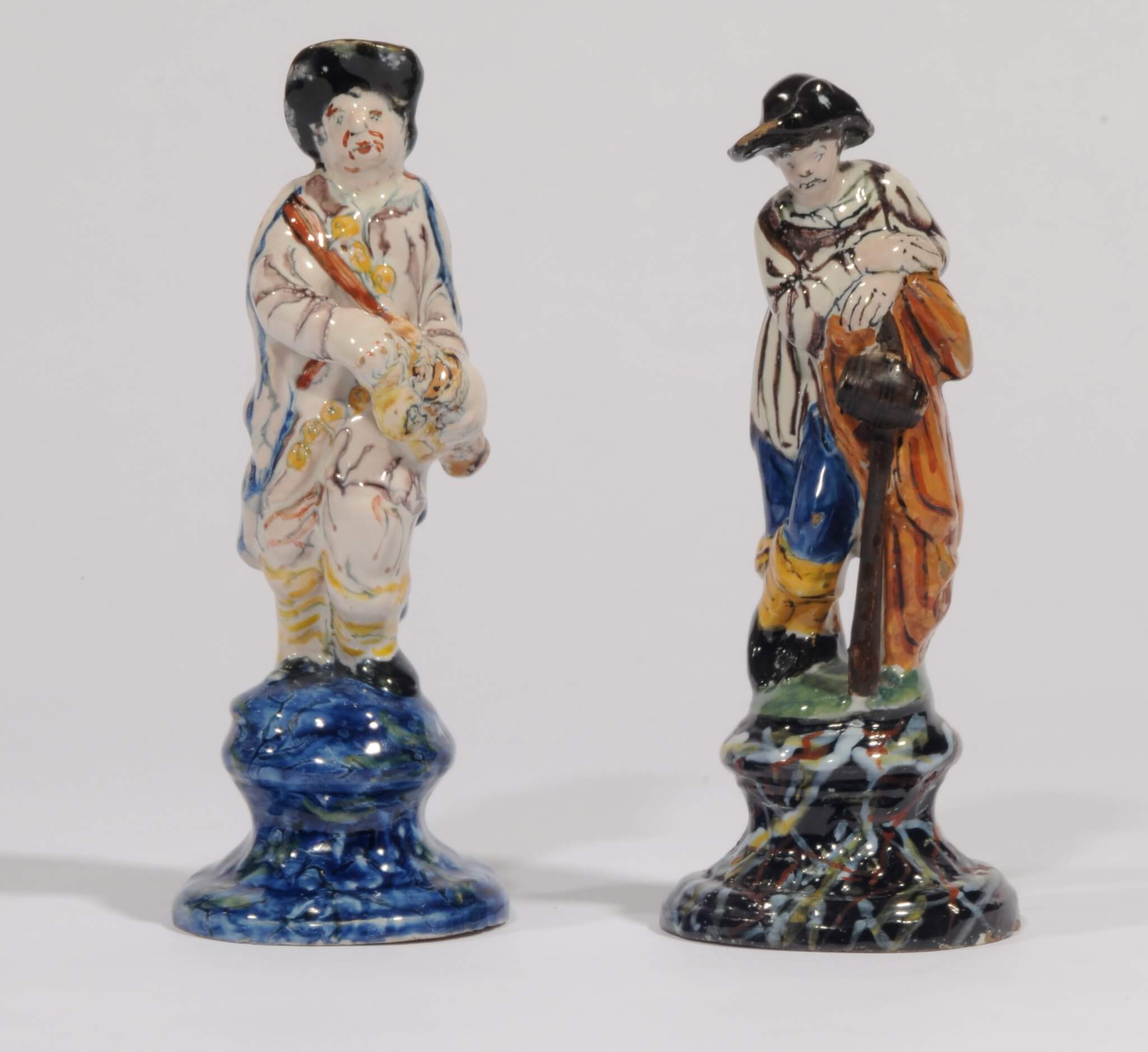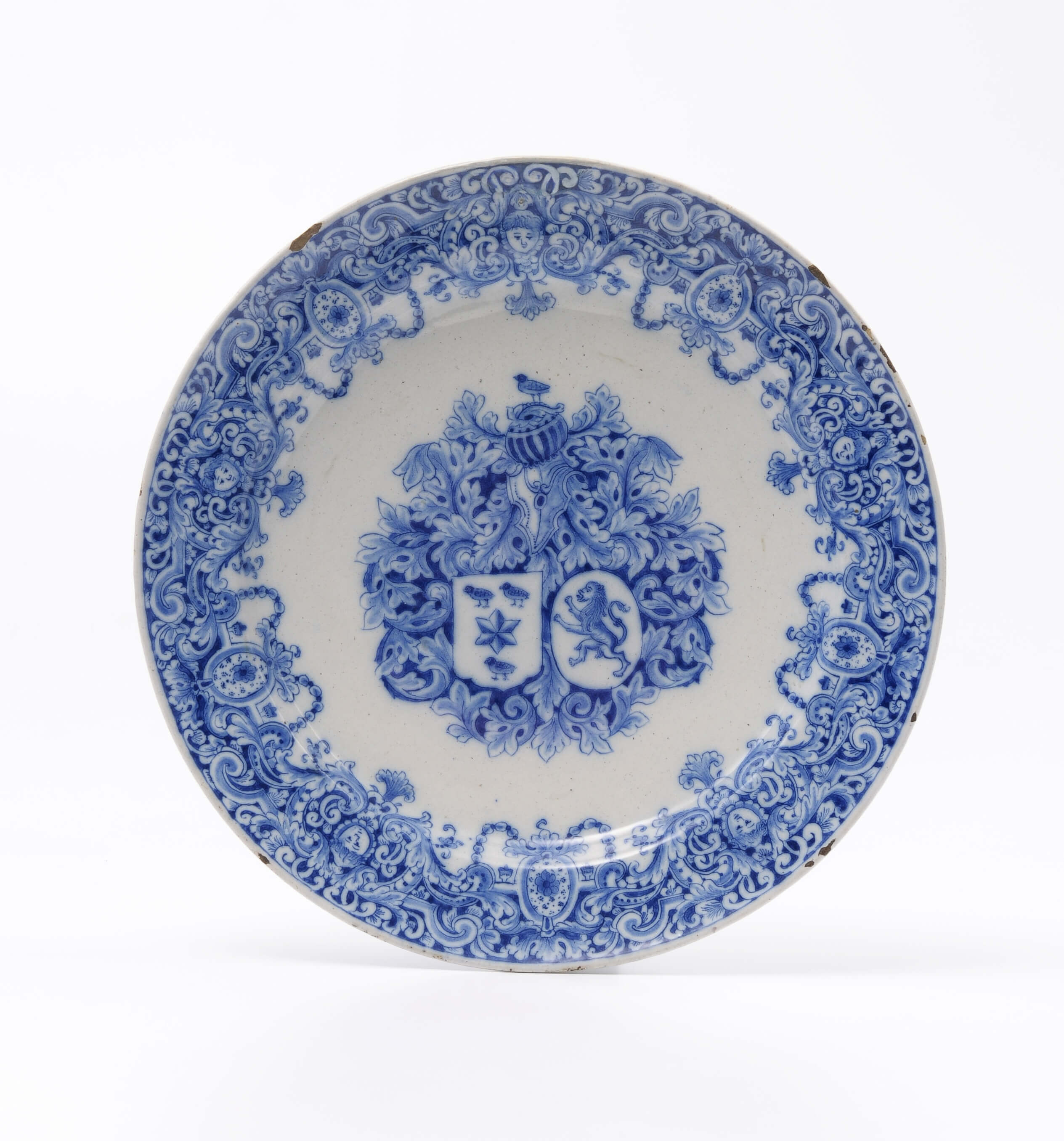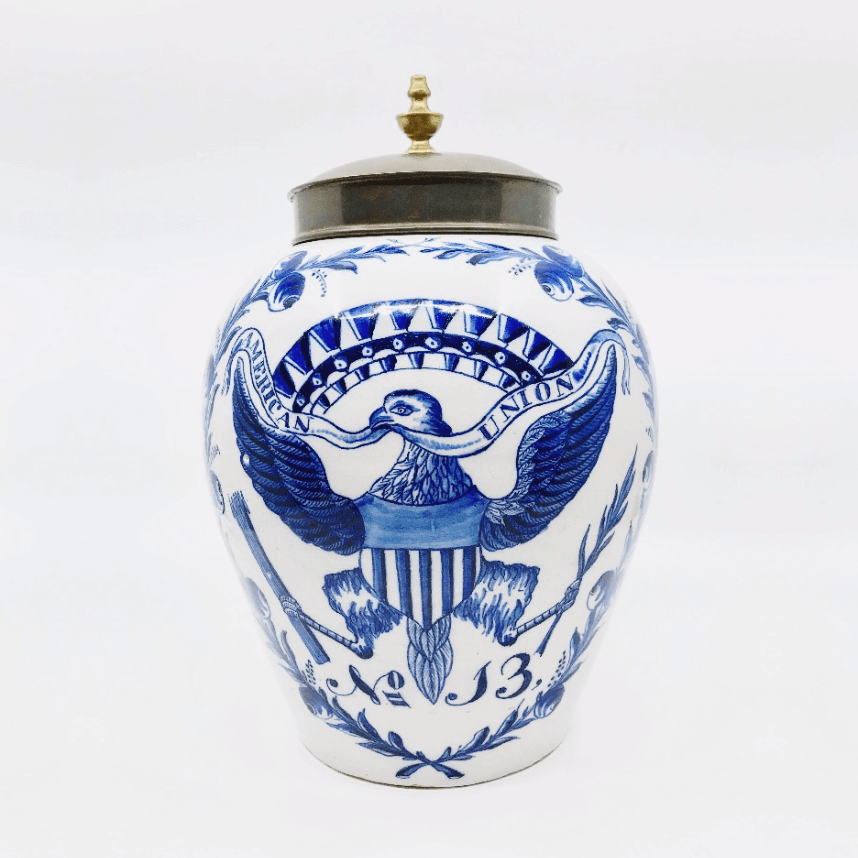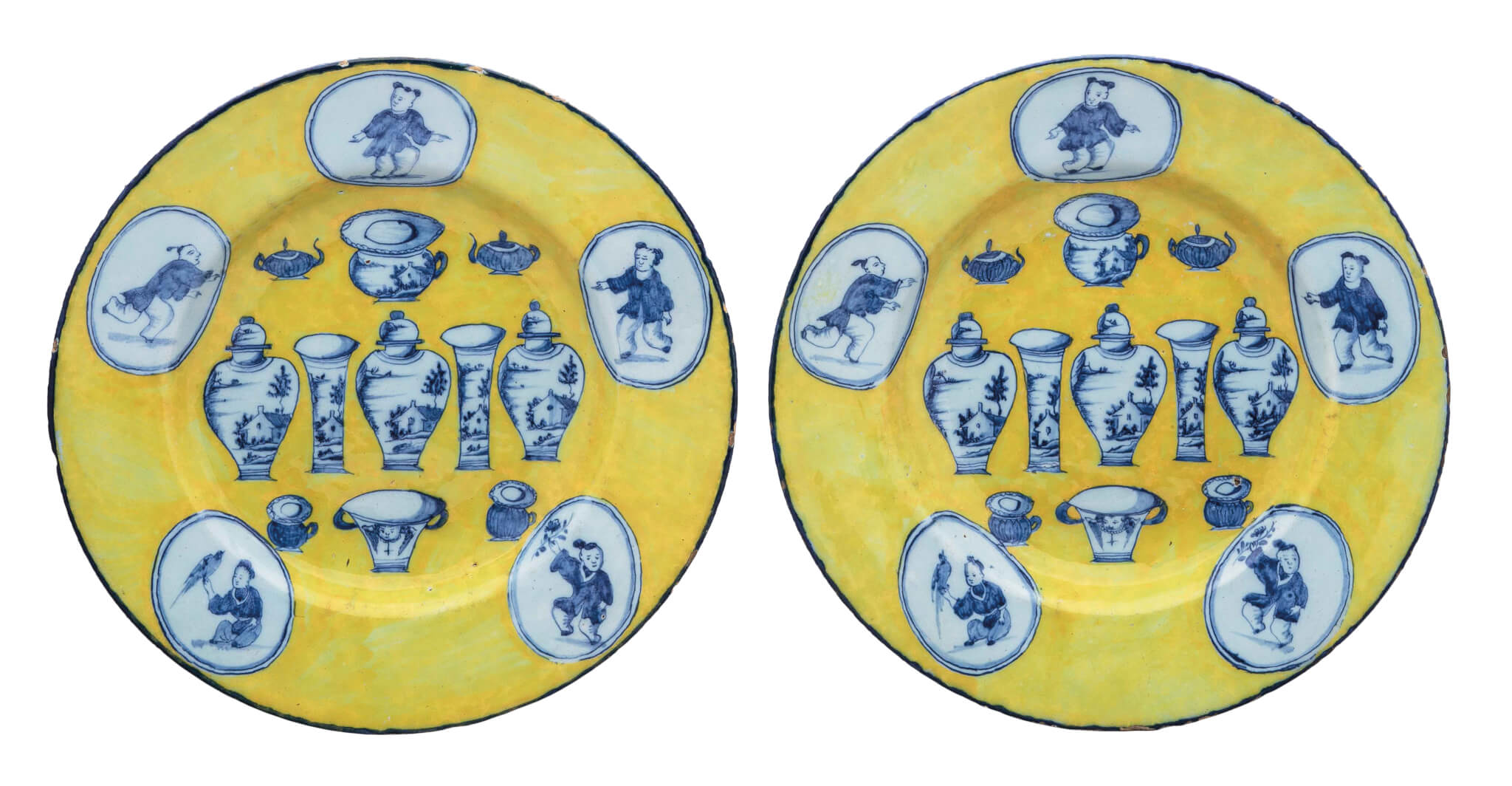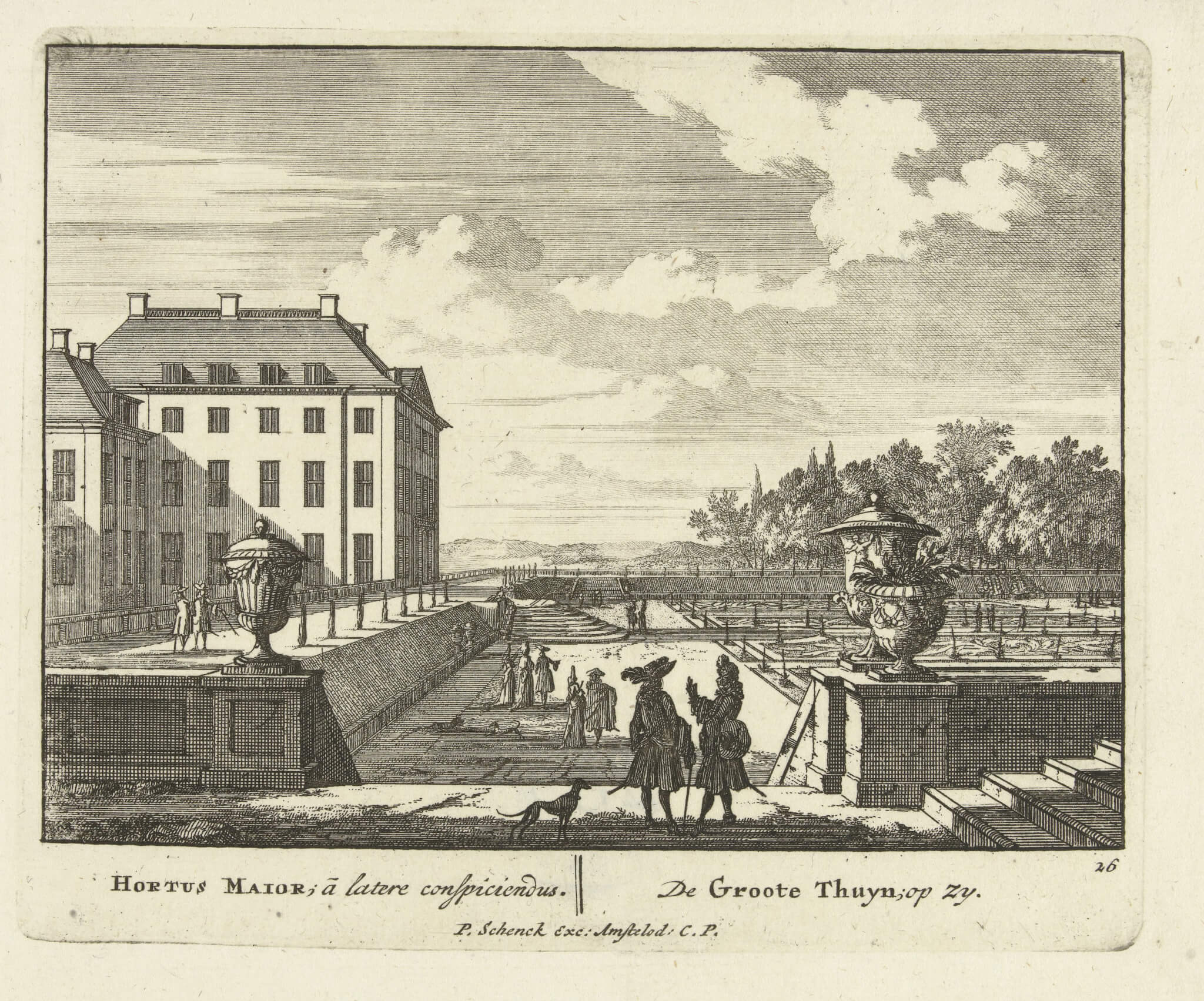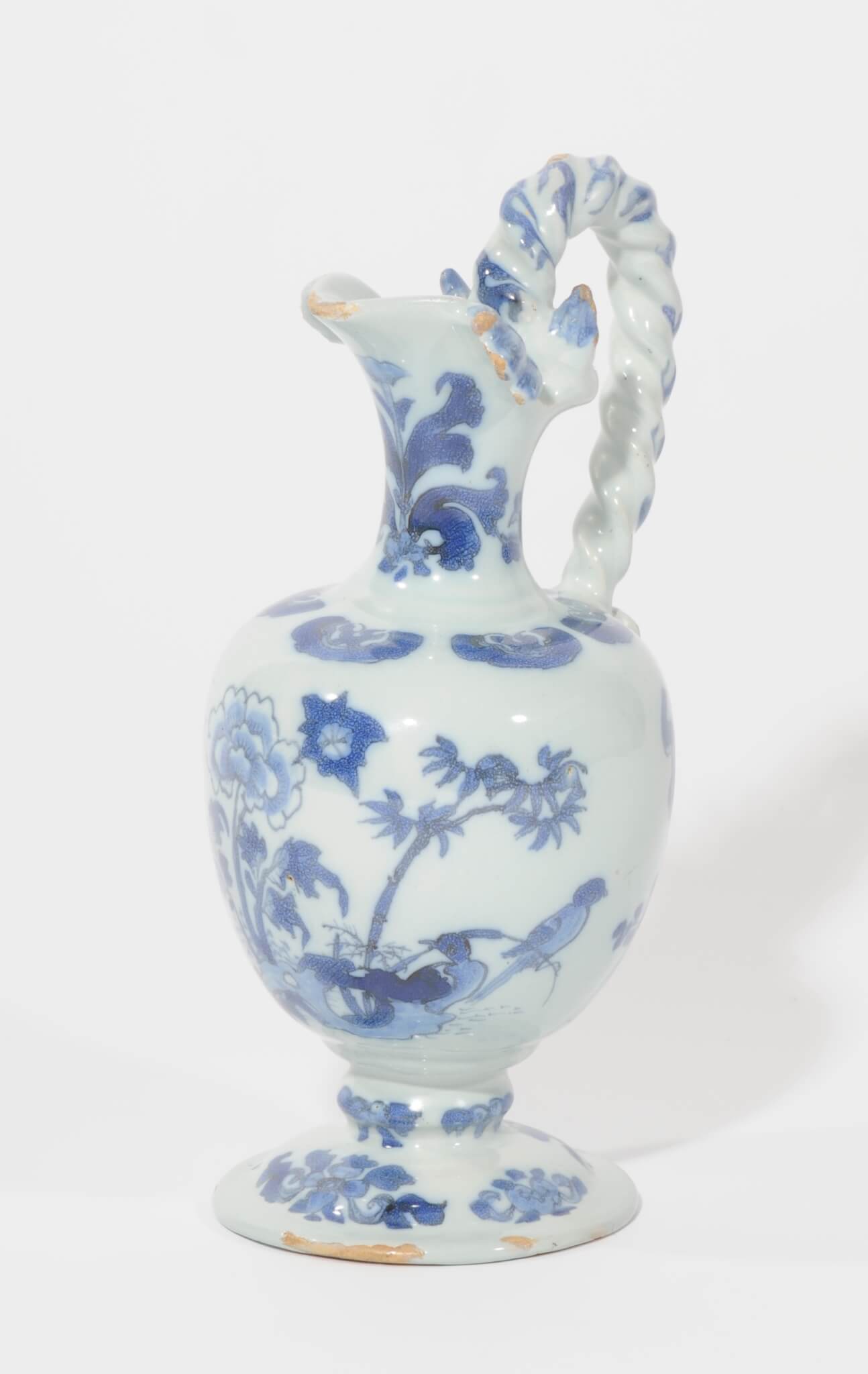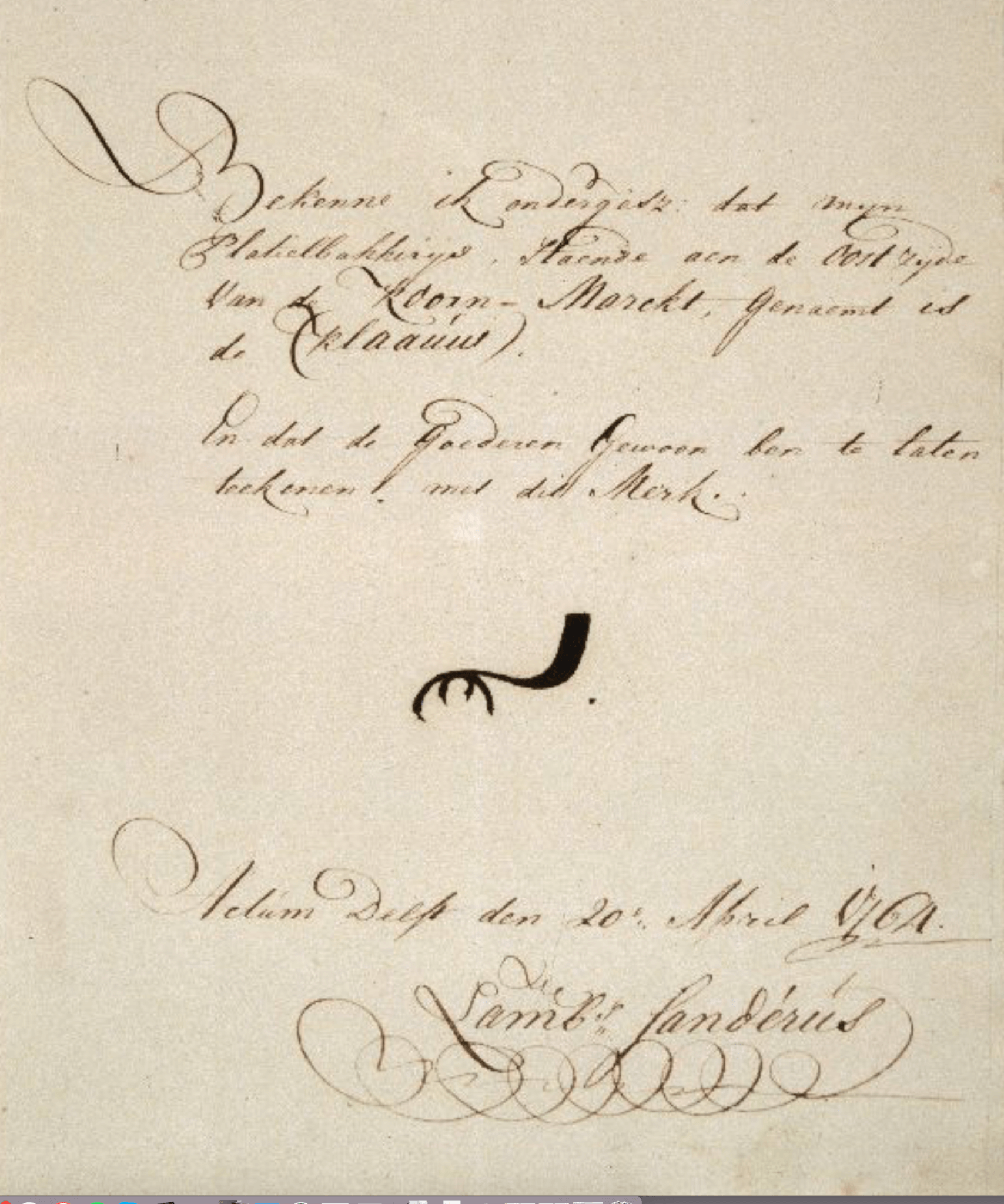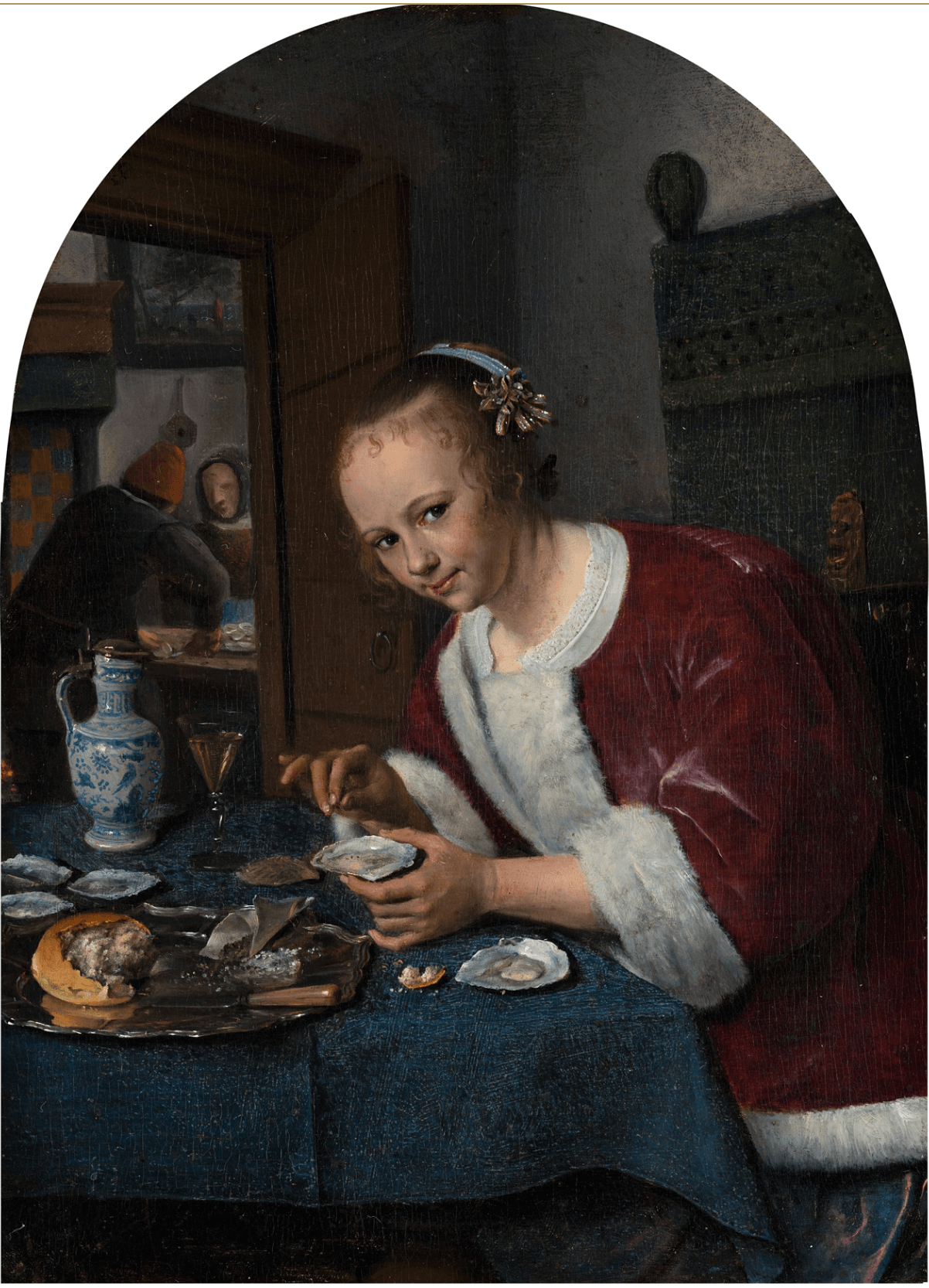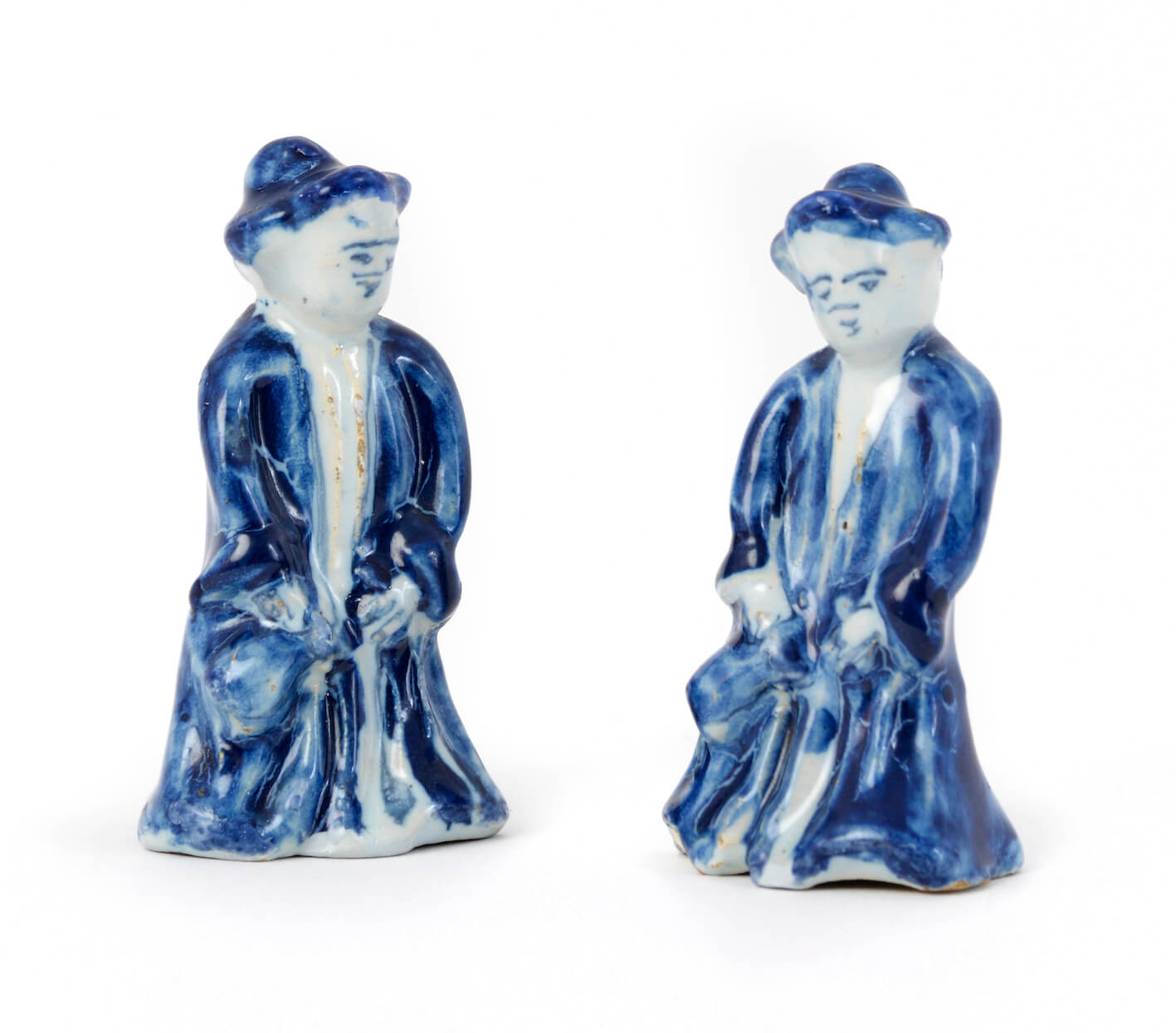Blue and White Flower Vase
Every month we present a special object from the Aronson Antiquairs’ collection. This month we would like to show you this blue and white flower vase, from circa 1710. Quintel vases have five spouts and were amongst the earliest examples of spouted vases. The heart-shaped model with five spouts, such as the present one, followed the early quintel…

